Ever wonder whether your laser power meter will read differently depending on the room’s temperature?
I’d like to offer a quick guide to show you when temperature matters and when it doesn’t.
Different laser power sensors are affected differently, so we’ll look at each category: thermal, pyroelectric, and photodiode sensors:
Thermal – Steady Temperature
Quick answer: If the background temperature is constant it won’t affect the reading (certainly not by more than ±1%).
This is guaranteed for temperatures between 15°C and 35°C, but should be the case even for more extreme temperatures.
Caveats:
If you’re working at very low temperatures, just make sure there’s no condensation on the sensor, as this will certainly affect the reading.
If you’re working at very high temperatures, please be aware that the maximum power threshold must be derated. To understand why this is the case, remember that the damage threshold is based on the sensor’s ability to dissipate heat. The hotter the surrounding air is, the slower the heat will leave the sensor.
Thermal – Changing Temperature
Quick answer: This will affect the reading, unless it’s changing slower than 1°C/minute.
Thermal Laser Power Sensor; Arrows represent direction of heat flow.
Thermal sensors actually measure laser power by detecting heat flow from the center of the thermopile to the edges. A changing ambient temperature can cause just such a heat flow, which the sensor will read as laser power.
Please also note: A localized source of heat (or cold) can cause a heat flow as well, even if it is steady.
Pyroelectric Energy Sensors
Quick answer: Our legacy energy sensors (PE, not PE-C) depend on temperature by about 0.2% per °C above room temperature. Pyro-C sensors compensate for temperature so they hardly depend on absolute temperature. However, they are still somewhat sensitive to a change in ambient temperature.
For example, if I operate a legacy pyroelectric sensor at 10°C above room temperature, the reading will be 2% higher than the actual laser power. A similar situation with a Pyro-C sensor will probably be only 0.4% high, if that.
Photodiodes
Quick answer: Photodiodes depend on temperature.
This dependence changes based on which detector is being used (Si, Ge, or InGaAs) and also on the laser’s wavelength. See the graph below:
Graph of Temperature Sensitivity of Photodiode Sensors as a Function of Laser Wavelength
You might also like to read:
Factors that can impact the accuracy of the laser/power measurements
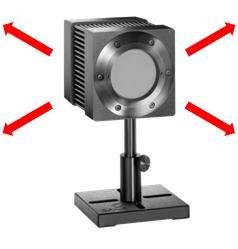
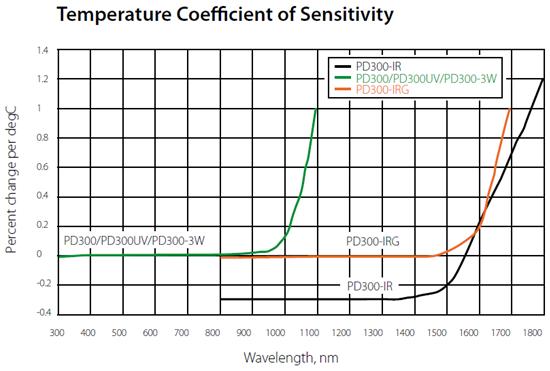





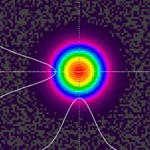
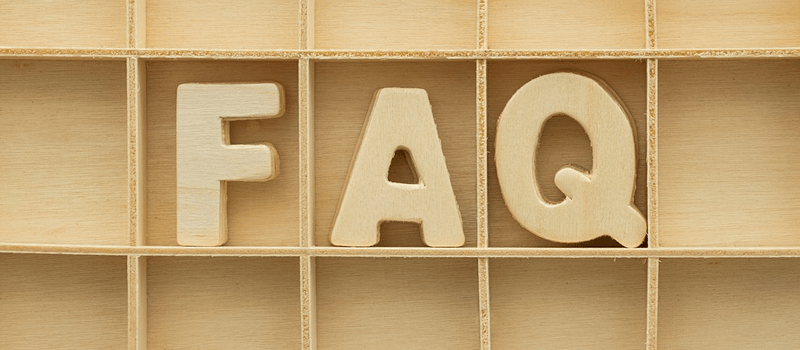

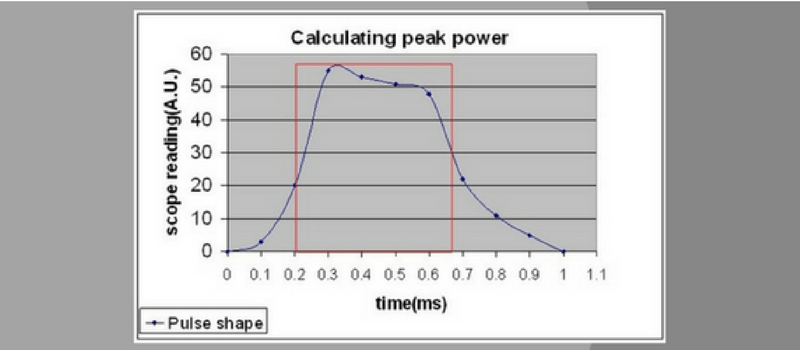
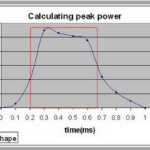
Leave a Reply
Your email address will not be published. Required fields are marked *